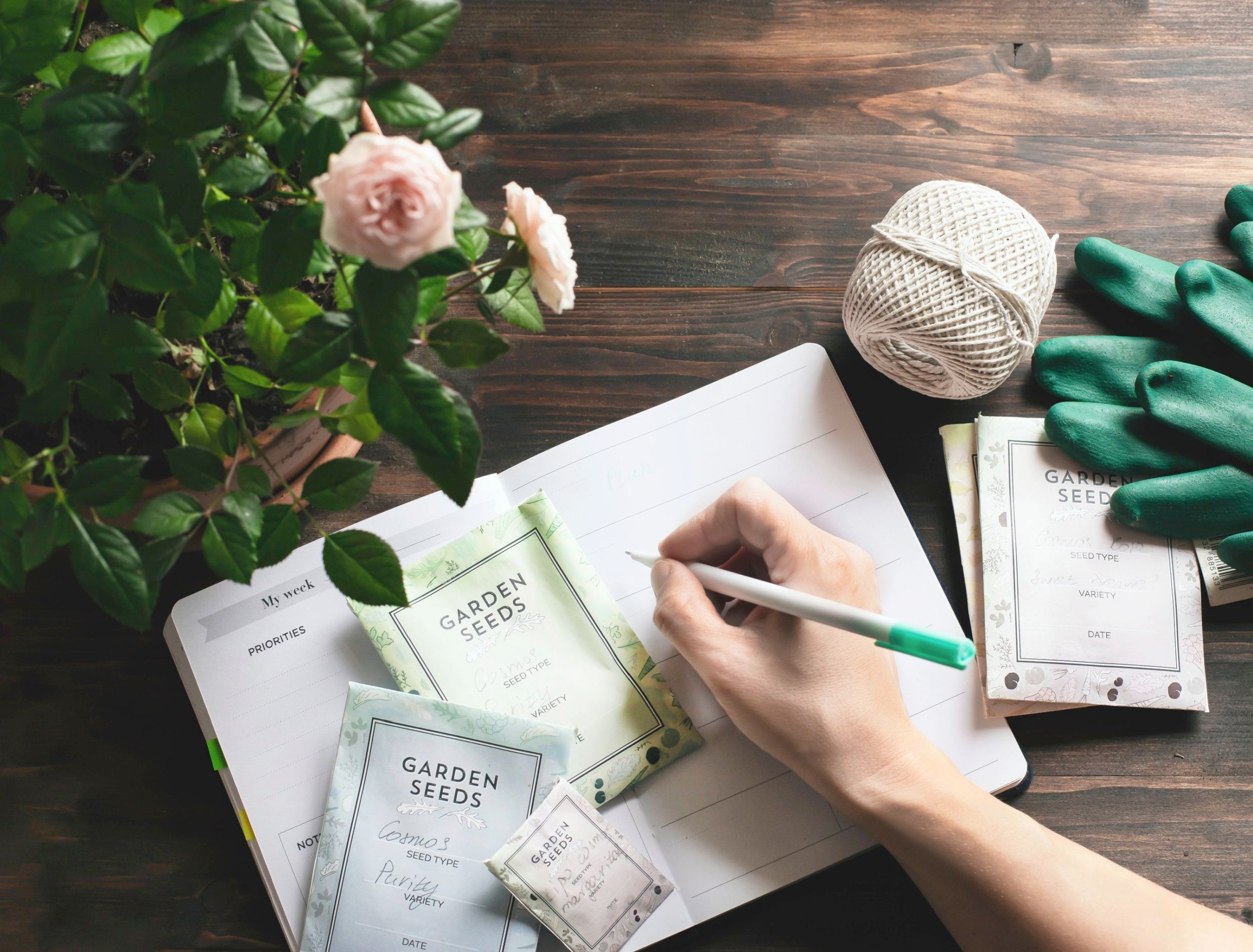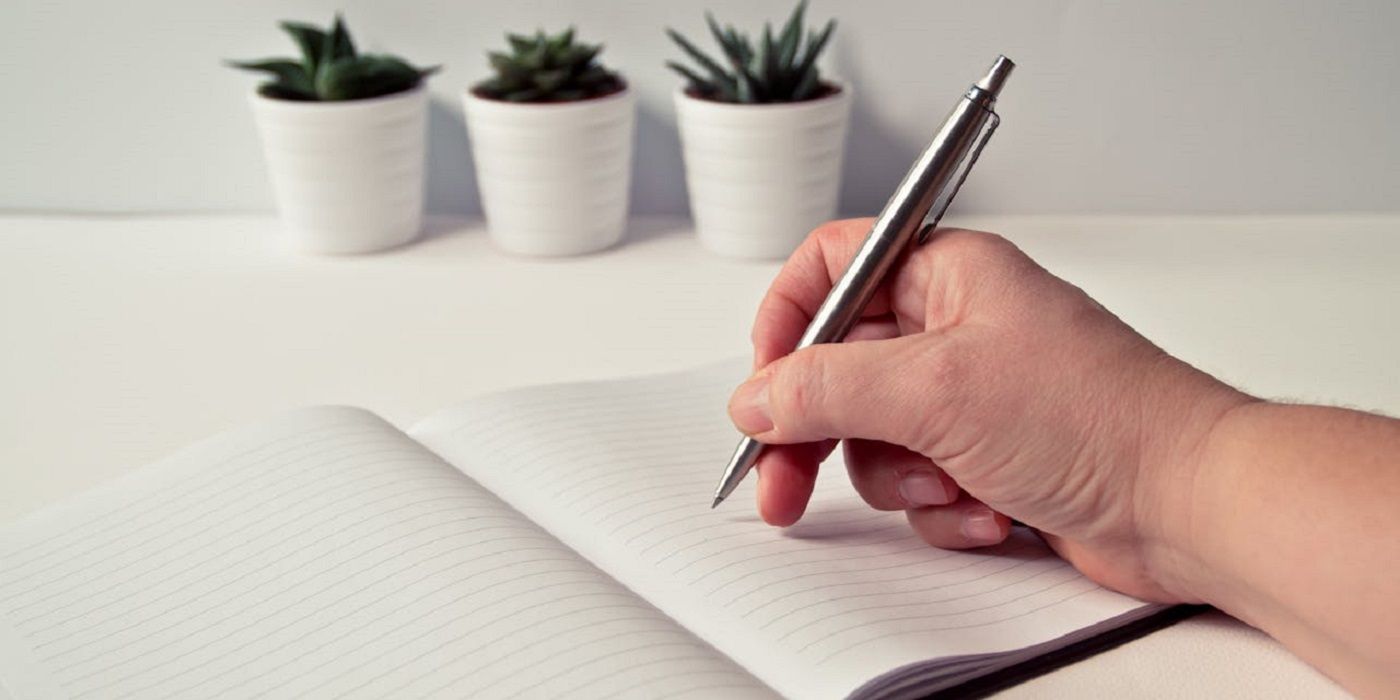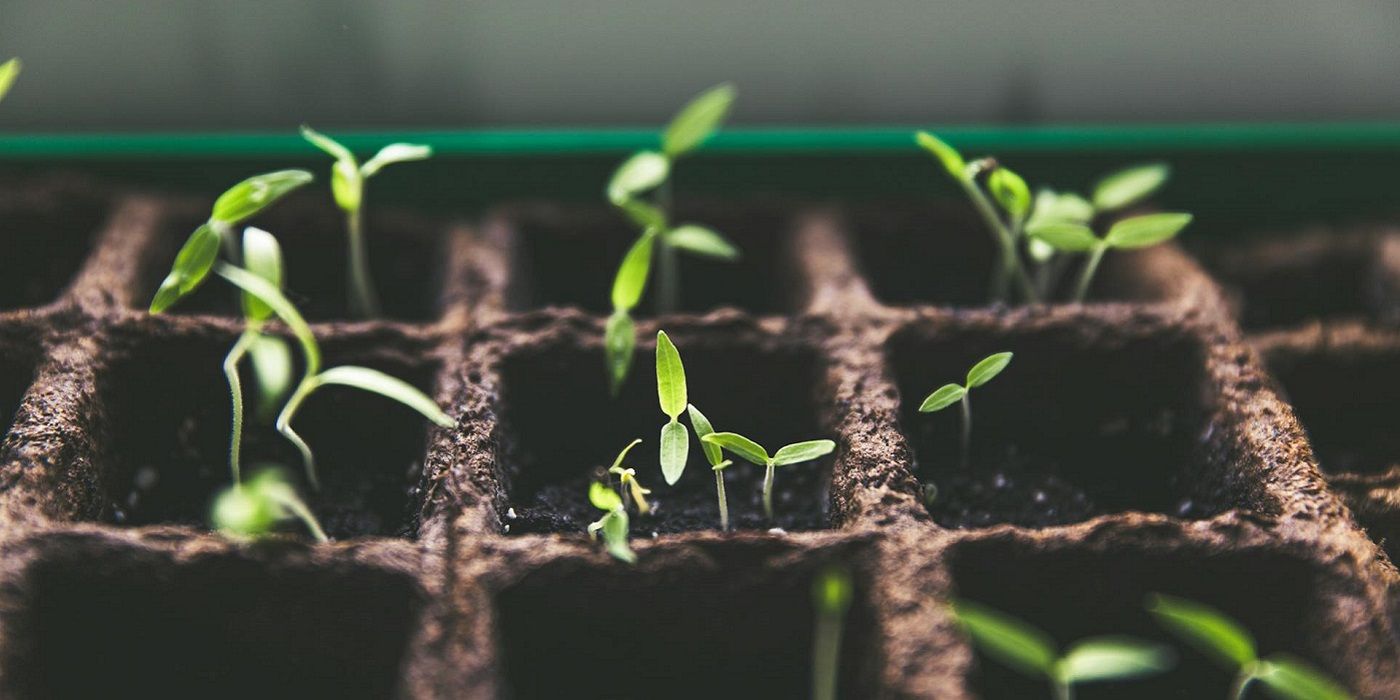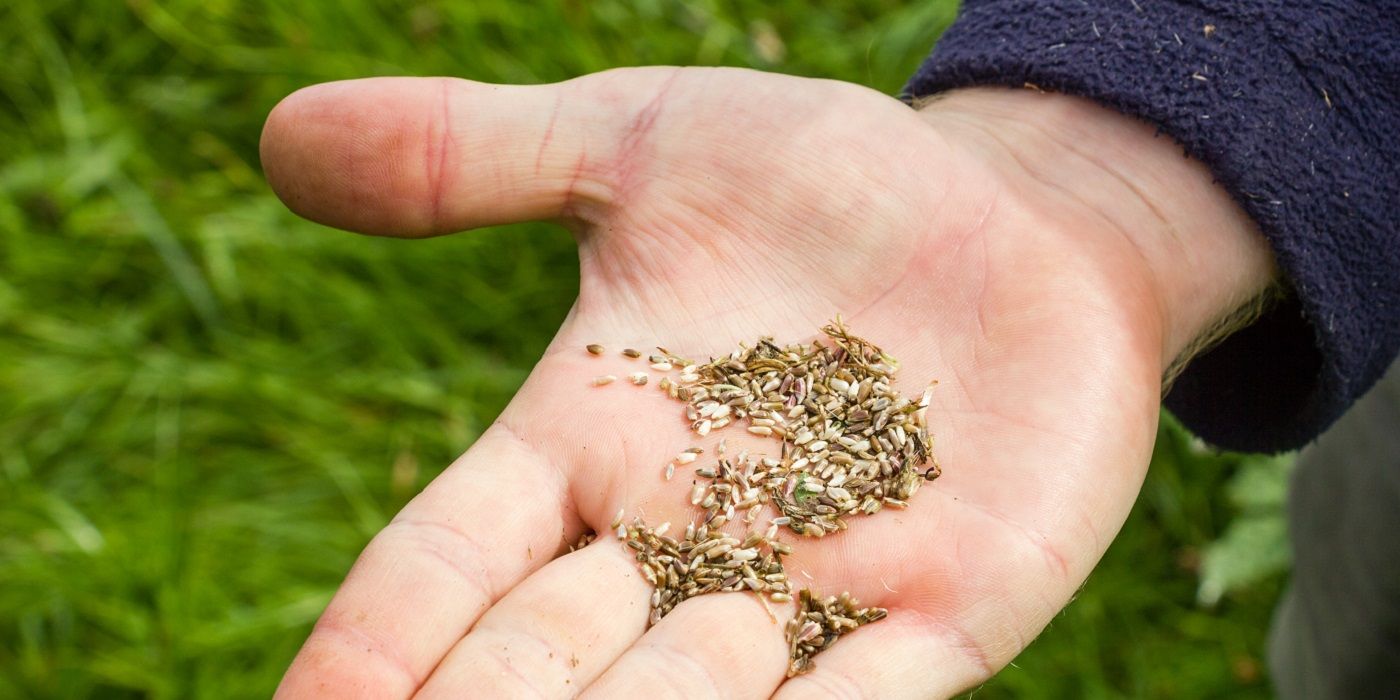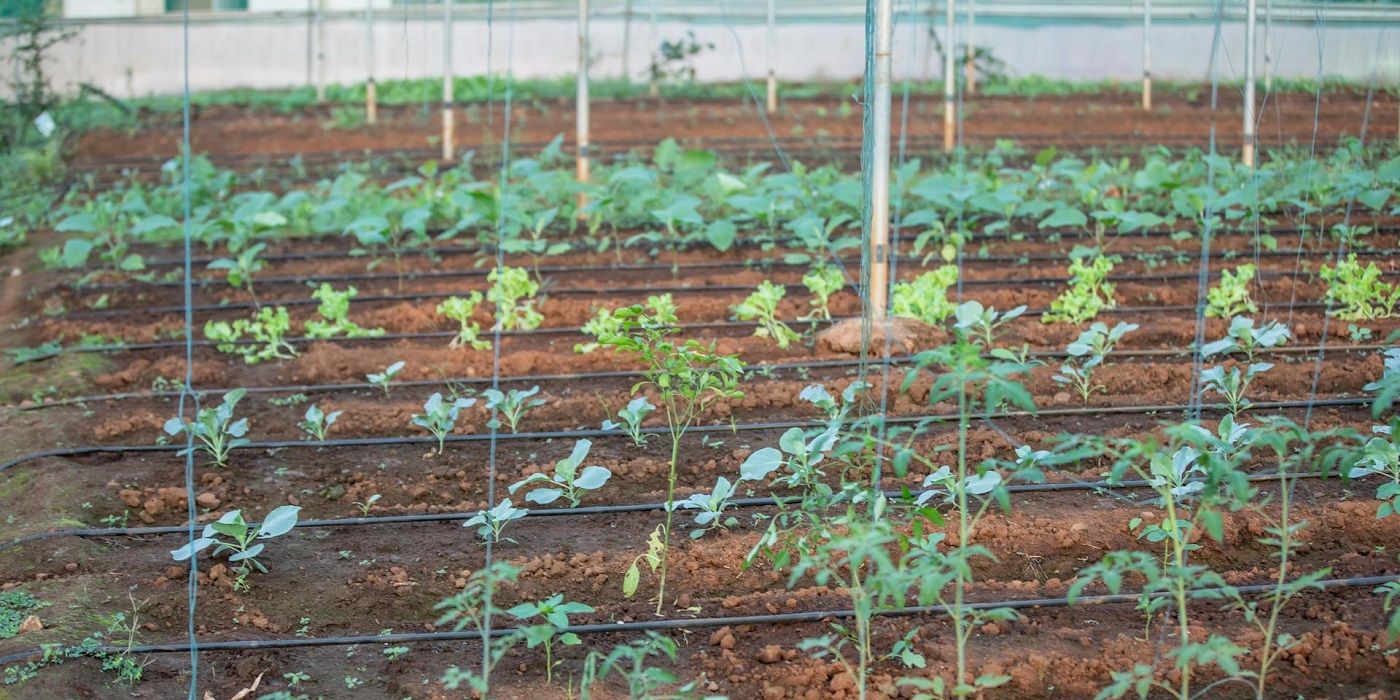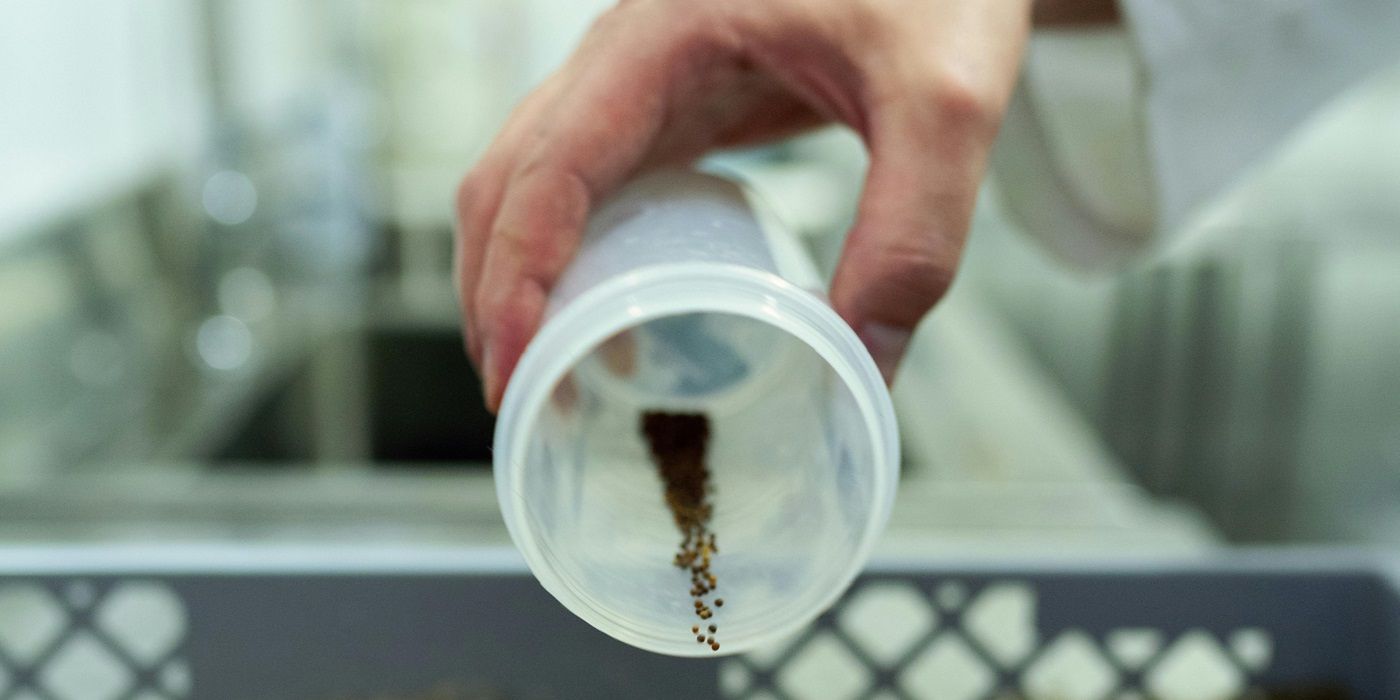Key Takeaways
- Plan your garden layout carefully by measuring sunlight, allocating space for flowers, and avoiding planting near trees.
- Decide what to plant based on your tastes and regional growing zone requirements.
- Install a drip irrigation system, start seeds indoors early, and consider adding raised garden beds for more control.
Winter and early spring can feel incredibly lackluster for avid gardeners who love to tend to their plants, collect flowers to display around the house, and pluck fresh vegetables for cooking. Fortunately, you can make the cooler temperatures worthwhile by planning for your spring garden.
Meticulous garden planning can yield a more flourishing spring landscape and get you into the right mindset with clear goals come spring. Decide which plants to grow to get the results you want, design a plan for the space you have, and create a plan that works for your weather.
Plan a Garden Layout Ahead of Time
Design your garden plan before you plant your garden!
First, draw a plan on paper or on a digital screen to allow yourself the creative room to tweak the landscape layout.
- Begin by going outside to measure your plot and determine areas of the space that receive sunlight or get partial shade.
- If you plan to plant a vegetable patch, choose an area that receives at least six hours of sunlight daily. However, you can still plant crops in shadier areas, such as leafy greens, which require less light.
- Allocate an area for your flowers; ideally, along the boundary and away from any activity that can lead to trampling your precious blooms. Ensure that the area receives ample sunlight for the flowers you want to plant.
- Avoid planting seeds close to trees and shrubs, since they can end up competing for nutrients and water. Trees can also block the sun from reaching your plants.
- Now is also the time to plan for other garden landscaping features, such as a water fixture or a gazebo, if you want!
Consider incorporating raised garden beds into your spring garden plan to control the health of your soil for a more fruitful vegetable patch. Raised beds are also great for utilizing poorly drained sites or steep slopes.
Decide What to Plant in Your Garden
Choose the plants that are more likely to thrive in your spring garden
Decide what to plant for your spring landscape before buying your seeds according to your planned layout.
When planting vegetables and fruits, consider what you like to eat. Once you have a list of stuff you might like to grow, select the edibles that will thrive in your regional growing zone.
You can also take inspiration from your neighbors. Inquire about what flowers and vegetables they are growing and what successes and failures they have experienced.
Determine Dates for Planting Seeds
Knowing when to plant is essential
Now that you have a general idea of what you want to plant in your garden, note the dates of when you plant the seeds or starter plants so that you can order more seeds accordingly. Knowing the best time to plant your vegetables for a prolific harvest is imperative.
- Cool-season vegetables like onions, peas, cabbage, and radishes can be planted in early spring.
- Warm-season vegetables, such as cucumbers, eggplants, and tomatoes should be best planted after the danger of frost has passed and the average daily temperature is between 70 to 90 degrees Fahrenheit.
Perennial plants are another excellent option to introduce into your spring garden, because they will continue to flourish through summer. These flowering plants bloom every spring and summer. Thus, you will get a riot of color as soon as the temperature becomes warm enough. Consider starting seeds for your favorite perennial plants in early spring, so they can be planted once the weather is warm.
|
Cabbage (Brassica oleracea var. capitata) |
Transplant into the garden after temperatures reach the high 20s F and greater. |
|
Onion (Allium cepa) |
Plant seeds directly in the soil once temperatures reach the mid- to high-20s F. |
|
Pea (Pisum sativum) |
Plant seeds directly in the soil once temperatures reach the mid- to high-20s F. |
|
Corn (Zea mays) |
Plant seeds directly in the garden in mid-spring. |
|
Radish (Raphanus sativus) |
Plant seeds directly in the soil once temperatures are 30 degrees F and above. |
|
Summer squash (Cucurbita pepo) |
Plant seeds directly in the garden in mid-spring. |
|
Cucumber (Cucumis sativus) |
Plant seeds directly in the garden in late spring or early summer. |
|
Eggplant (Solanum melongena) |
Transplant eggplant into the garden in late spring or early summer. |
|
Tomato (Solanum lycopersicum L.) |
Transplant seedlings into the garden around mid-May, a few weeks after the danger of frost has passed. |
Create an Irrigation Plan for Plants
Make sure your spring landscape gets plenty of water
If you are planning your spring garden from scratch or are unsatisfied with the existing irrigation system, think about the best way to supply water to your plants. Many people have sprinklers in their gardens. While they are popular, there may be better ways to irrigate your plants.
Consider drip irrigation or soaker hoses to supply water directly to the roots and avoid water wastage. Plan to install these trickle irrigation systems along the rows of your plants.
You may wish to include a battery-operated water timer in your irrigation system to control the watering duration for different plants.
Start Growing Seeds Early for Transplanting
Get plants started indoors first so they are already growing by spring
Once you know the plants you want to sow in your garden, you can also start seeds indoors during winter. This practice has multiple advantages. The biggest is that you will have plants ready to transplant into your garden as soon as the soil is ready in early to mid-spring.
|
Start kale, broccoli, cabbage, onions, leeks, cauliflower, fennel, artichokes, and lettuce indoors in late February to early March. |
Plant the seeds in a fine-textured seed-starting mix and keep the containers in front of south-facing windows to supply them with plenty of sunlight. Most of these crops will be ready to plant outdoors in four to six weeks. |
|
Tender vegetables like eggplants, tomatoes, and peppers cannot endure the mildly cool spring temperatures. |
Check your region's last frost date and start these vegetables indoors six to eight weeks before the date. Tomato seeds, in particular, require a warm temperature between 70 and 80 degrees Fahrenheit and no light to germinate. |
|
Certain flowers are ideal for winter planting. |
Flowers like columbine, coreopsis, and hollyhock should be started eight to 10 weeks before the last frost date and transplanted on the last frost date. |
|
Other flowers, such as hibiscus and heliopsis, should be started 10 to 12 weeks before the last frost date. |
You can plant some flowering plants one to two weeks before the last frost, including rudbeckia and viola, by starting the seeds eight to 10 weeks before the last frost. |
Planning Your Spring Garden Makes It Perfect
One of the best ways to uplift your mood during those days when you can't work on the garden is to start planning for your spring garden. Draw a landscape layout, choose the plants, determine the dates for sowing the seeds, and pre-plan your irrigation system layout. Finally, consider germinating seeds to kick-start your gardening project.
Plan ahead for spring landscape features like ponds, benches, and other standout elements. When you work out your garden design early, you end up with a much more beautiful backyard space later.

